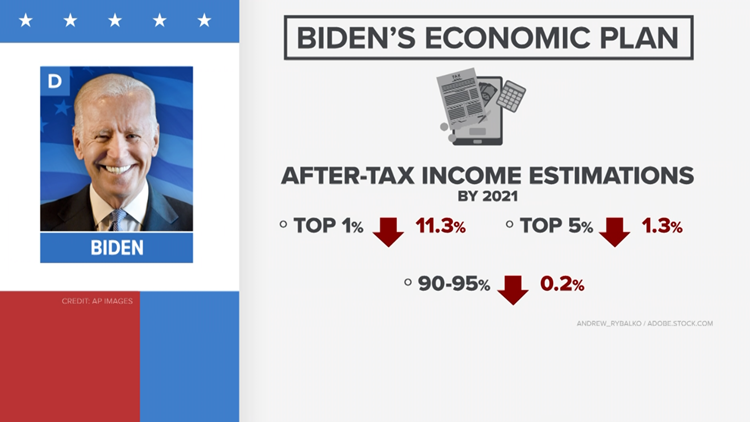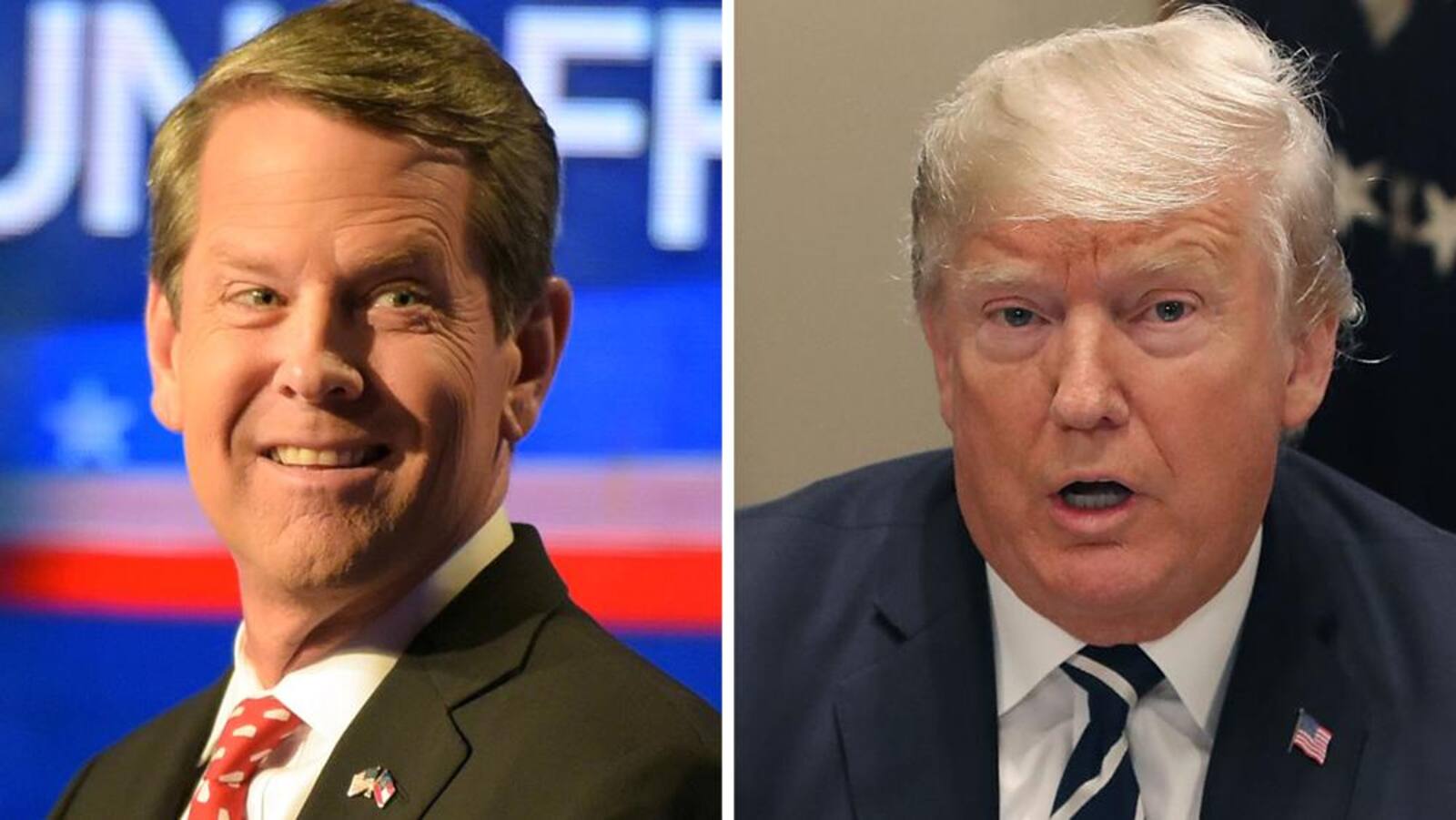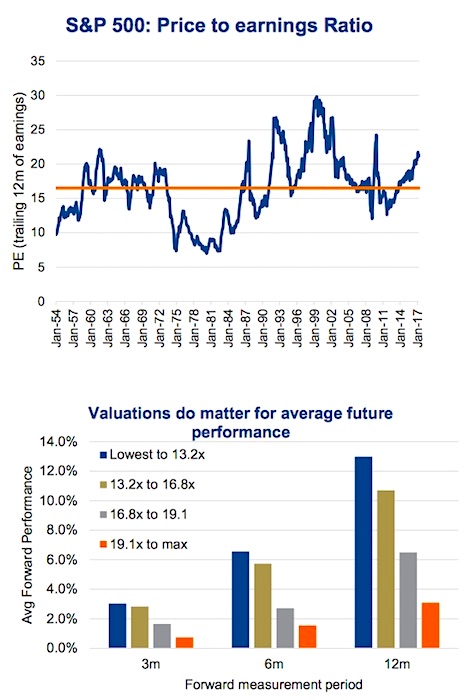Assessing President Biden's Economic Policies: Causes And Consequences Of The Slowdown

Table of Contents
Inflation Under President Biden: A Deep Dive
The surge in inflation has been one of the most significant economic challenges during President Biden's term. Understanding its causes and consequences is crucial to assessing the overall success of his economic policies.
Causes of Rising Inflation
Several factors have contributed to the rising inflation rate:
-
Increased Government Spending: The substantial stimulus packages enacted to combat the economic fallout of the COVID-19 pandemic injected massive amounts of money into the economy. While intended to boost demand and prevent a deeper recession, this increased liquidity arguably contributed to inflationary pressures. Data from the Congressional Budget Office reveals a significant increase in government spending compared to previous years.
-
Supply Chain Disruptions and Bottlenecks: Global supply chains have been severely disrupted, leading to shortages of goods and increased prices. The pandemic, coupled with geopolitical events, exacerbated pre-existing vulnerabilities in the global supply chain.
-
Increased Demand Exceeding Supply: The combination of increased government spending and pent-up consumer demand, following pandemic lockdowns, led to a surge in demand that outstripped the capacity of supply chains to meet. This imbalance further fueled inflationary pressures.
-
Global Factors Contributing to Inflation: Inflation is not solely a US phenomenon. Global factors, such as rising energy prices and the war in Ukraine, have significantly impacted the cost of goods worldwide, contributing to the inflationary pressures within the US economy.
Consequences of High Inflation
The consequences of high inflation are far-reaching:
-
Reduced Purchasing Power for Consumers: Rising prices erode the purchasing power of consumers, reducing their ability to afford essential goods and services. This leads to a decreased standard of living for many households.
-
Increased Cost of Living: Inflation directly impacts the cost of living, making it more expensive to rent, buy groceries, and access healthcare. This disproportionately affects low- and middle-income families.
-
Potential Impact on Businesses and Investment: High inflation creates uncertainty for businesses, impacting investment decisions and potentially hindering economic growth. Businesses struggle to plan for the future when costs are unpredictable.
-
Political Implications of High Inflation: High inflation can have significant political ramifications, potentially affecting voter sentiment and impacting electoral outcomes. Public dissatisfaction with economic conditions often translates into political consequences.
The Impact of Supply Chain Issues on the US Economy
Supply chain disruptions have significantly impacted the US economy, exacerbating inflationary pressures and hindering economic growth.
Analysis of Supply Chain Disruptions
-
The Role of the Pandemic: The COVID-19 pandemic exposed and amplified existing vulnerabilities within global supply chains. Factory closures, port congestion, and transportation bottlenecks created significant disruptions.
-
Impact on Specific Sectors: The automotive industry, for example, has been severely impacted by semiconductor chip shortages, leading to production cuts and higher vehicle prices. The manufacturing sector has also faced significant challenges due to supply chain disruptions.
-
Government Efforts to Address Supply Chain Issues: The Biden administration has implemented various measures to address supply chain issues, including investing in infrastructure and working with businesses to improve logistics. The effectiveness of these initiatives remains a subject of ongoing debate.
Long-Term Consequences of Supply Chain Problems
-
Potential for Continued Price Increases: The lingering effects of supply chain disruptions could lead to sustained price increases for various goods and services.
-
Impact on Competitiveness of US Businesses: Persistent supply chain problems could negatively impact the competitiveness of US businesses on the global stage.
-
The Need for Policy Changes: The current crisis highlights the need for policy changes to improve the resilience and efficiency of global and domestic supply chains. Diversification of supply sources and investment in domestic manufacturing capacity are crucial.
Job Growth and Unemployment Under Biden's Administration
The job market has shown some signs of recovery under President Biden, but challenges remain.
Evaluation of Job Creation Initiatives
-
Effectiveness of Government Programs: The administration's initiatives aimed at job creation, such as infrastructure investments, have had a positive impact, although their full effect is yet to be seen.
-
Types of Jobs Created: Data on job creation needs to be analyzed to understand whether the new jobs are primarily high-paying or low-paying positions. This provides critical information about the quality of job growth.
-
Comparison to Previous Administrations: A comparative analysis of job growth under President Biden's administration with previous administrations provides valuable context.
Unemployment Rate and its Implications
-
Analysis of the Current Unemployment Rate: The current unemployment rate needs to be analyzed in detail, along with trends and predictions for the future.
-
Impact on Various Demographic Groups: It's vital to understand how unemployment impacts different demographic groups – age, race, gender, etc. Disparities in unemployment rates highlight the need for targeted policies.
-
Potential Future Scenarios: Analyzing current trends allows for predictions about the future trajectory of unemployment. This is vital for policymakers and businesses alike.
Conclusion: Assessing President Biden's Economic Policies – A Summary and Call to Action
In summary, the economic slowdown under President Biden's administration is a complex issue with multiple contributing factors. High inflation, persistent supply chain disruptions, and the nuances of job growth present significant challenges. While some positive developments have occurred in the job market and infrastructure investments, the high inflation rate and ongoing supply chain issues remain major concerns. Understanding the complexities of President Biden's economic policies and their impact on the ongoing economic slowdown is crucial for shaping informed opinions and advocating for effective solutions. Continue your research on Biden's economic policies to stay engaged and informed.

Featured Posts
-
 Selena Gomezs Sophisticated High Waisted Suit An 80s Office Style Icon
May 03, 2025
Selena Gomezs Sophisticated High Waisted Suit An 80s Office Style Icon
May 03, 2025 -
 The Font And The Gang Understanding Trumps Calibri Remarks
May 03, 2025
The Font And The Gang Understanding Trumps Calibri Remarks
May 03, 2025 -
 The Critical Role Of Mental Health Policy In Boosting Employee Productivity
May 03, 2025
The Critical Role Of Mental Health Policy In Boosting Employee Productivity
May 03, 2025 -
 Improved Item Shop Navigation Fortnites New Player Friendly Feature
May 03, 2025
Improved Item Shop Navigation Fortnites New Player Friendly Feature
May 03, 2025 -
 Investor Concerns About Stock Market Valuations Bof As View
May 03, 2025
Investor Concerns About Stock Market Valuations Bof As View
May 03, 2025
